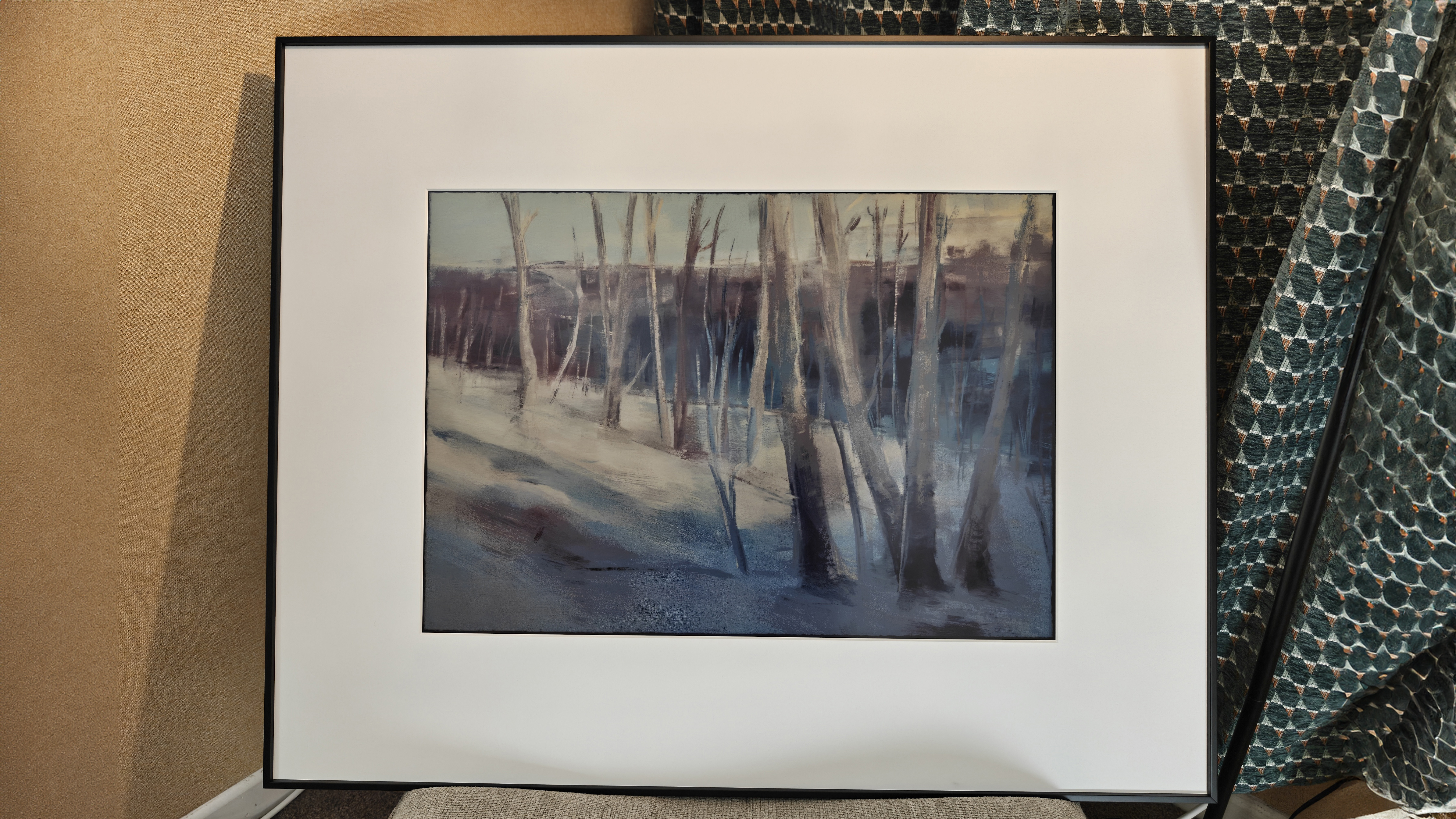Texturing T-Rex
Good texturing work isn't just about digital painting: when a completed texture map is applied to a model, seams and smears may appear. Discover how to fix them with.
Texturing has always been a vital part of the process of creating 3D imagery. A good Texture map will make an average model look great, but a bad Texture map can make a great model look awful. For me, the real tests of a texture artist's skill are organic creatures: not only because the models are difficult to texture, but because creature painting is an art unto itself.
Fortunately, with the release of BodyPaint 3D 2, the whole process has been made a lot easier. Maxon's 3D painting package isn't the answer to every prayer, since Photoshop is still a must to create the best Texture maps possible. But where BodyPaint excels is in speeding up the process and in solving the problems that arise when texturing difficult organic surfaces.
Sight for Saurus
If you're not already a BodyPaint user, you can find a demo of the software at the Maxon site. In this tutorial, I'll be explaining how to use BodyPaint to texture the ferocious-looking dinosaur above. The aim is not to teach you how to paint textures - for that, see our 'Skin deep' articles in issue 65 - but to focus on the best way of getting those textures onto your model, and of resolving common problems that arise during the process. Think of it as more of a guide to which tool to use, and when. Over the course of the walkthrough, I will take you through the process of setting up your model and getting the main texture maps into the all-important UV layout, then explain how to de-smear those maps using some of BodyPaint's projection tools.
You can find all of the necessary files for the project in the resource files. We've included two versions of the dinosaur head: if the high-res model gets too heavy for your machine you can work on the low-res, since the UV layouts are identical. Hopefully, this example should give you clues as to how to troubleshoot your own projects. All of the techniques can equally be used on buildings, cars or mountains - you just have to apply them in a logical fashion.
Click here to download the tutorial for free
Click here to download the support files ( 28MB)
Daily design news, reviews, how-tos and more, as picked by the editors.

The Creative Bloq team is made up of a group of art and design enthusiasts, and has changed and evolved since Creative Bloq began back in 2012. The current website team consists of eight full-time members of staff: Editor Georgia Coggan, Deputy Editor Rosie Hilder, Ecommerce Editor Beren Neale, Senior News Editor Daniel Piper, Editor, Digital Art and 3D Ian Dean, Tech Reviews Editor Erlingur Einarsson, Ecommerce Writer Beth Nicholls and Staff Writer Natalie Fear, as well as a roster of freelancers from around the world. The ImagineFX magazine team also pitch in, ensuring that content from leading digital art publication ImagineFX is represented on Creative Bloq.
